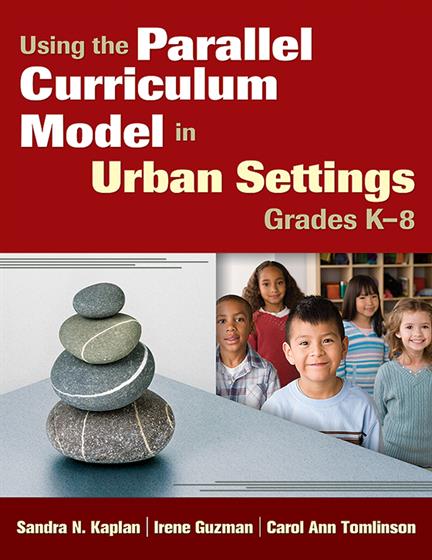Hands-on, Practical Guidance for Educators
From math,
literacy, science, equity, multilingual learners, and SEL, to assessment, school counseling,
and education leadership, our books are research-based and authored by experts
on topics most relevant to what educators are facing today.

Using the Parallel Curriculum Model in Urban Settings, Grades K-8
Discover how the Parallel Curriculum Model can help urban students achieve!
Students in urban settings often have learning needs that go beyond a standards-based curriculum. Easily taught alongside a regular curriculum for Grades K–8, this book presents a high-quality curriculum that builds key learning skills for academic success for students of diverse cultural and socioeconomic backgrounds. Readers will find:
- An enriched, multidisciplinary curriculum for developing resiliency, self-motivation, and collaboration skills in urban youth
- Sixteen field-tested and ready-to-use lesson plans and related reproducibles
- Thought-provoking questions and interactive exercises that promote critical and creative thinking and classroom discussion
- Grade Level: K-8
- ISBN: 9781412972192
- Published By: Corwin
- Year: 2009
- Page Count: 128
- Publication date: December 17, 2012
Review Copies
Review copies may be requested by individuals planning to purchase 10 or more copies for a team or considering a book for adoption in a higher ed course. Request review copy



